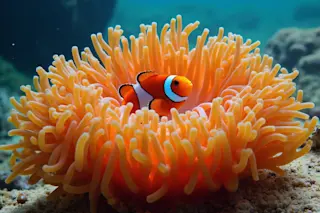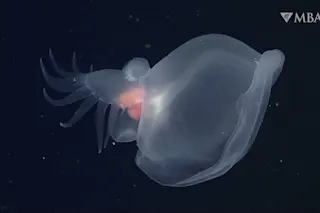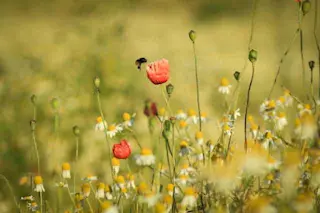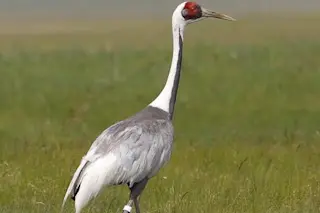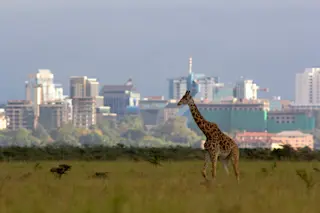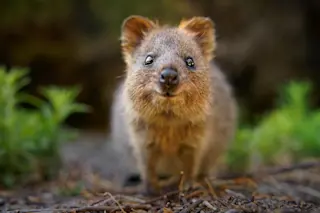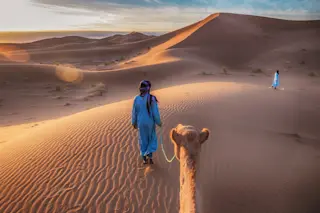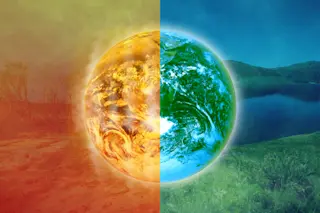Chinese scientists have discovered how a plant tricks wasps into carrying its seeds great distances. Photo Credit: adapted from Chen et al. 2017 Figure S1; used with permission from Gao Chen Stemona tuberosa is well known for its use in Chinese traditional medicine, but it's got a much more intriguing claim to fame. It's one of less than a handful of plants known to science that engages in vespicochory—that is, it gets predatory wasps to disperse its seeds. It was a strange enough discovery that Gao Chen and his colleagues at the Chinese Academy of Sciences in Beijing wondered how the plants manage to convince the hornets to haul their offspring around. All it takes is the right scent, the team discovered: parts of the plant smell and taste like the insects the hornets normally hunt. Lots of plants convince wasp relatives—particularly ants—to move their young around. In fact, ant-mediated ...
Chinese Medicinal Plant Tricks Predatory Wasps Into Dispersing Its Seeds By Smelling Like Prey
Discover how vespicochory seed dispersal works, with plants like Stemona tuberosa attracting wasps to carry their seeds.
More on Discover
Stay Curious
SubscribeTo The Magazine
Save up to 40% off the cover price when you subscribe to Discover magazine.
Subscribe



